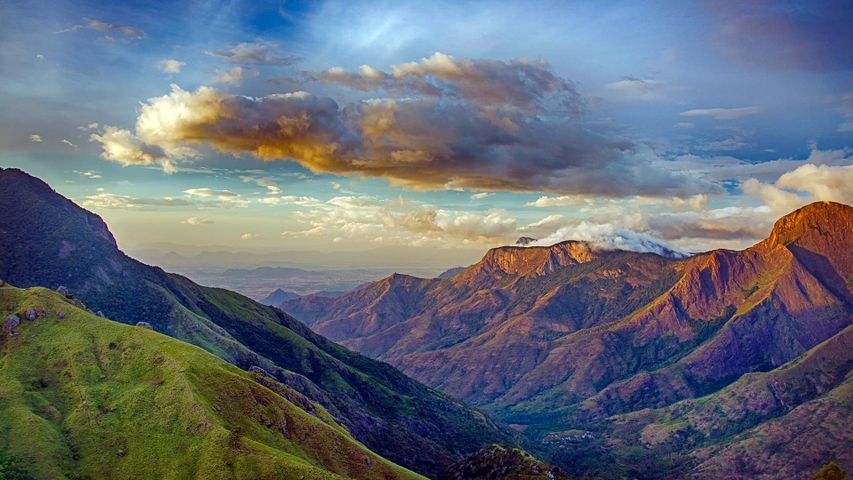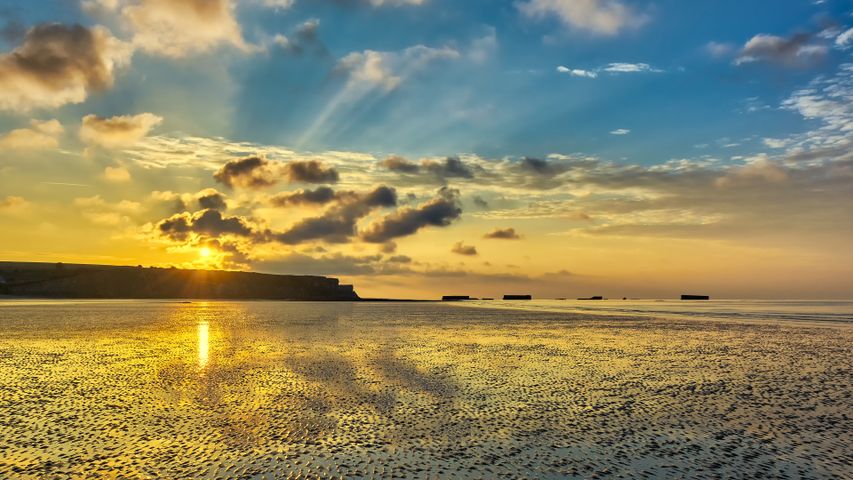Mangrove trees, Walakiri Beach, Sumba Island, Indonesia
© Tengguo Wu/Getty Image
The 'dancing trees' of Sumba Island
On the northern coast of Indonesia's Sumba Island, a stand of mangrove trees appears to dip and sway to summon another dreamy sunrise. Walakiri Beach is gently sloped, so it's easy for a visitor to walk out into the knee-deep water to examine the extraordinary transitional zone of a mangrove ecosystem. Mangroves thrive here at the boundary between land and sea, growing in coastal saltwater and low-oxygen conditions where other trees would quickly die. Their complex root systems filter out the salt and form a strong natural defense against storm surges, rising sea levels, and coastal erosion. Mangroves also create aquatic nursery habitats that support a highly diverse range of juvenile fish and crustaceans.
But despite their critical role in maintaining healthy oceans and coastlines, mangroves are disappearing fast, several times faster than forests on land. The United Nations estimates that the world has lost half its mangrove coverage in just the last 40 years. To raise awareness of the importance of mangrove ecosystems and to promote solutions for their sustainable management and conservation, the UN has declared that July 26 is International Day for the Conservation of the Mangrove Ecosystem. We'll dance to that.
Related Images
Bing Today Images



 Vila Franca Islet, São Miguel Island, Azores, Portugal
Vila Franca Islet, São Miguel Island, Azores, Portugal
 Greater flamingos, Lüderitz, Namibia
Greater flamingos, Lüderitz, Namibia
 Arromanches-les-Bains in Normandy, France
Arromanches-les-Bains in Normandy, France
 Cala Luna beach, Sardinia, Italy
Cala Luna beach, Sardinia, Italy
 Barrier reef off Grande Terre, New Caledonia, France
Barrier reef off Grande Terre, New Caledonia, France
 Mona Vale Rockpool, Sydney, Australia
Mona Vale Rockpool, Sydney, Australia
 Dunluce Castle, County Antrim, Northern Ireland
Dunluce Castle, County Antrim, Northern Ireland
 Bruce Peninsula National Park, Ontario, Canada
Bruce Peninsula National Park, Ontario, Canada


